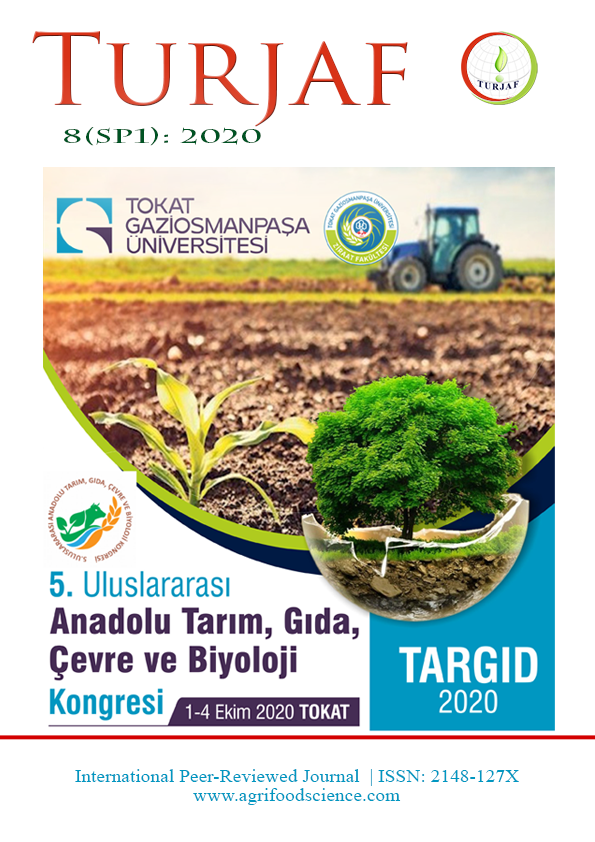Mitigative Practices for Ammonia Gas Emissions from Poultry Manure
DOI:
https://doi.org/10.24925/turjaf.v8isp1.111-115.4051Keywords:
Poultry, Manure, Ammonia gas emission, Nutrition, Feed additivesAbstract
Proteins consumed by poultry turns into ammonia as a result of microbial activities depending on the pH, temperature, moisture content of the litter, litter type, manure condition, relative humidity and ventilation condition and spreads to the environment as ammonia gas. Ammonia gas, which is one of the problems caused by poultry breeding, is a harmful gas in terms of animal welfare, health of employees and its effects on the environment. In this article, ammonia gas emission in poultry and practices to reduce this emission have been discussed and recommendations have been made.Downloads
Published
13.12.2020
How to Cite
Yazarel, S., Sarıca, Şenay, & Karaman, S. (2020). Mitigative Practices for Ammonia Gas Emissions from Poultry Manure. Turkish Journal of Agriculture - Food Science and Technology, 8(sp1), 111–115. https://doi.org/10.24925/turjaf.v8isp1.111-115.4051
Issue
Section
Review Articles
License
This work is licensed under a Creative Commons Attribution-NonCommercial 4.0 International License.

























